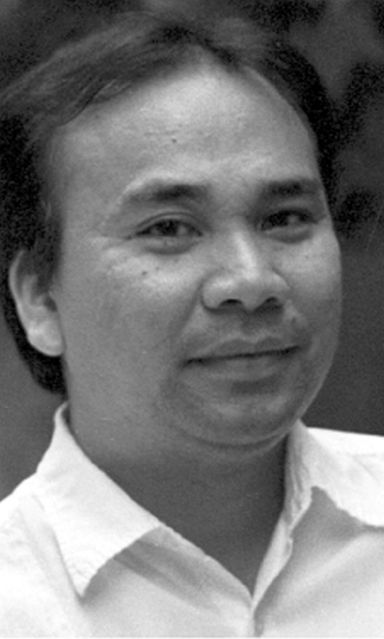
BERSALES
We normally connote harvests in Dalaguete with the vegetables that grow in the cool climes of barrio Mantalongon, the so-called “Little Baguio of Cebu.”
But in an upland sitio of Obong, called Pilihan, a different kind of harvest has been achieved. The barrio of Obong has been famous for its cold spring and a lonely, unlamented baluarte or watchtower. Last week, however, something that a select group of students and faculty of the School of Engineering at the University of San Carlos did at Pilihan got the nod of the jury in the final round of the Sikat Design Challenge, earning for the group a first runner-up award, tied with another from Ateneo de Manila that carried a cash price of P150,000.
Earlier, the group also bested nine other schools in the regional rounds. A total of 30 groups competed in the entire contest period intended to produce the best designs in alternative energy resource production.
This USC winning group’s name, Team Kahayag, gives a clue to what happened at Pilihan and why it was literally thrust into the limelight in Manila just last week. Established as a social enterprise, Team Kahayag had gone to the sitio when they heard that it had been constantly suffering from turbulent winds that easily put out the kerosene lamps of residents there.
Electricity had not yet reached the sitio, one of about 18 percent of rural areas in the Philippines that remains unconnected to the national power grid. And so the team decided to see if they could literally harvest the wind and turn it into something profitable. The result was
And so the team decided to see if they could literally harvest the wind and turn it into something profitable. The result was Kaplag, which stands for “Kahayag Air-Powered Lighting and Alternative Gardening,” an integrated system comprising a wind turbine, a cellular reception booster and a liquid fertilizer unit contained in a structure supporting vertical gardening.
Kaplag is of course a most appropriate term inasmuch as it means “discover” in the Cebuano language. Here’s how it works, as described in its promotional blurb: “Kaplag is a bamboo-based wind turbine to generate a power output of about 30W.
The turbine is mounted on a 10- to 20-ft. bamboo structure put up by local residents.
This turbine charges a 20,000 mAh lithium battery that can then provide lighting for a maximum of 12 hours and can even charge a mobile phone, the handy device rural folks rely on for communication, news and entertainment. A cellular reception booster allows for extended coverage in the mountains where signals are weak.”
But besides providing much-needed electricity, Kaplag also provides fertilizer needed for commercial crops to grow because on the same bamboo structure are vertical garden “plots” and a liquid fertilizer unit (LFU). The latter can be used to nourish plants like pepper, tomatoes and beans, especially during dry months, thereby contributing to household self-sufficiency.
The successful trials of Kaplag at Sitio Pilihan, captured in a video that one can view on YouTube, has also gotten the nod of thousands of viewers on Facebook, incidentally. And because the apparatus is designed for replication, Team Kahayag plans to mass produce it and distribute at a modest cost to other rural areas troubled with insufferable winds with no electricity to assuage such difficulties.
Let me congratulate engineers Christine Marie Gohetia and Jaybee Lacea and their students Juan Paulo Siglos (of chemical engineering); Bonifacio Saut (mechanical engineering); Anton Casia (electronics and communications engineering); Arnold Steven Sam Gomez and Ian Mariae Enriquez (electrical engineering); and Mikhael Glen Lataza (civil engineering). Another set of patents has just been added to USC’s growing list. You bested so many others, so please continue to reap the wind for the better!
* * *
Let me welcome to Cebu the 40-plus paper presenters and about 508 participants to the 2017 International Engineering Conference (IERC 2017), which started yesterday at the Michael Richartz Conference Center in the Talamban Campus of USC.
The IERC is an important event organized regularly by the USC School of Engineering. It has been held five times previously since its start in 2005. Congratulations in particular to dean Dr. Evelyn Taboada and her faculty and staff for the huge turnout in this sixth round. Kudos to all of you!